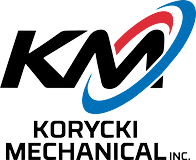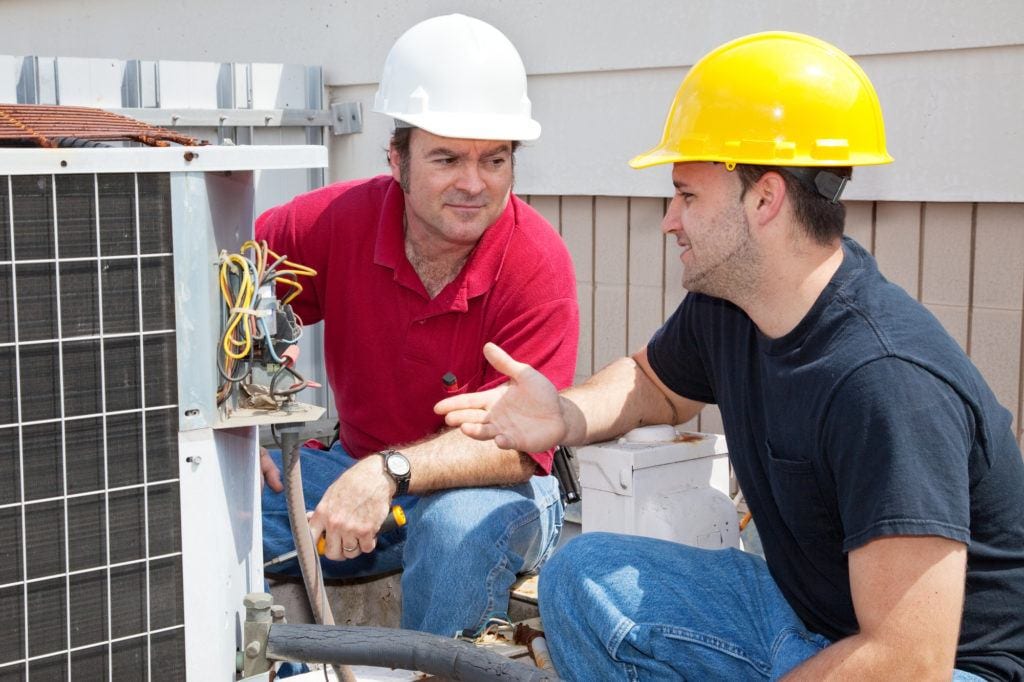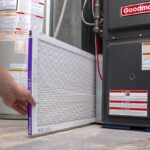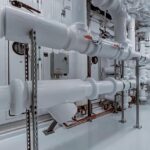If you have ever stopped to take a look at your HVAC system, then you’ll probably notice that it is made up of a few different parts.
Understanding how the HVAC system works is key to making sure that you take good care of it. After all, we understand how our bodies work, and this allows us to take better care of them. So, with that, let’s take a look at the core components of an HVAC system, which you will see in every residential or commercial building.
THE FURNACE
The furnace is the first part of the HVAC system and is used to heat the air. A furnace will use either gas or oil to heat the air; it depends on what your particular system is working with.
It’s important to keep a furnace well-maintained, as blockages or burnt fields can damage the furnace and reduce the overall air quality. Depending on the overall quality of the materials used to heat the air, this can be more or less common.
THE AIR CONDITIONER
The big part of an HVAC system that you’re probably most familiar with is the air conditioner. An air conditioner is an important part of any office space because it helps to keep the ambient temperature cooler and moves air around.
The air conditioner will also need regular maintenance, as it can become blocked with debris or dust, which can impact the air quality.
THE DUCTWORK
The ductwork might seem like a very hidden part of an AC system, but it is a core component. These ducts transport the air all across the building, distributing it where necessary, which means that occasionally they will need cleaning. Duct cleaning is an integral part of office maintenance because it means that the air quality overall is better.
THE THERMOSTAT
Finally, we arrive at the brain of the building, the thermostat. The thermostat is an essential part of the building and plays a vital role in temperature.
The HVAC system will use the thermostat as a way to gauge the temperature inside the spaces. If space is considered to be too hot, then more air-conditioning will be diverted to that area, and if it is too cold, the more hot air will be diverted instead. By keeping track of things, the thermostat can maintain consistent heat throughout the building.
FINAL THOUGHTS
So, as you can tell, there are many different components that go into a successful HVAC system. The important thing to consider is that when it comes to a system like this, each component has to work in tandem. If even one part of the system is not functional, the rest do not perform properly, which is why regular maintenance and replacement of all parts of the HVAC system is vital. You need to make sure that you replace your system every couple of years and get maintenance on a regular basis in order to avoid problems.




